Nanoelectronic Devices and Integration Laboratory
Department of Semiconductor Engineering
Division of Electronics and Semiconductor Engineering
College of Engineering
Ewha Womans University
Welcome to Nanoelectronic Devices and Integration Laboratory (NDIL)!
In NDIL at Ewha Womans University, we are developing novel nanoscale electron devices including both logic and memory semiconductor devices and advanced process integration. Based on these core component and fabrication technologies, highly scalable, low-power, and high-speed intelligent solid-state integrated systems are pursued. We are interested in resolving the contemporary issues in industry as well as the highly functional cutting-edge electron devices along with nanofabrication technologies for future electronics.
Anyone who wants to join our research group as a graduate student or a postdoctoral researcher is welcome to contact Prof. Seongjae Cho through felixcho@ewha.ac.kr.
RESEARCH AREAS
-

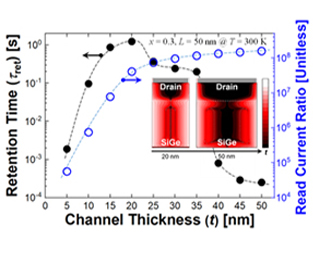
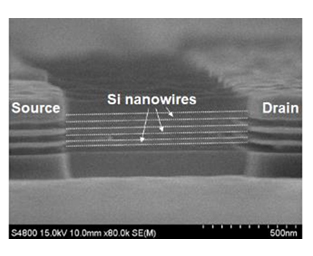
Advanced CMOS Devices
Various novel logic transistors including engineered FinFET, junctionless FET, heterojunction transistors, high-carrier-mobility transistors, and nanowire FET for high-speed and ultra-low-power applications. Optimal device design by TCAD simulation, device modeling, and integrated fabrication are included.
-

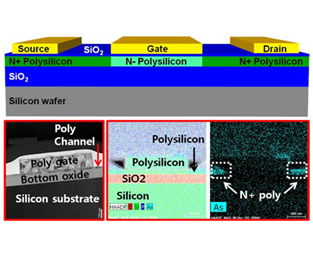
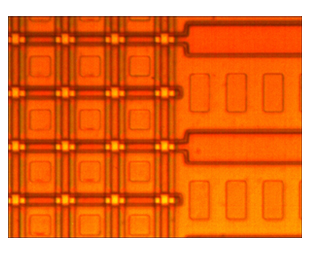
Lead and Emerging Memory Technologies
Focused on lead and emerging memories with strong Si processing compatibility including 3D NAND flash, DRAM, and RRAM, etc.: materials, device structure, 3D array architecture, process integration, reliable and fast operation schemes, and circuit-level modeling of a memory cell are carried out.
-


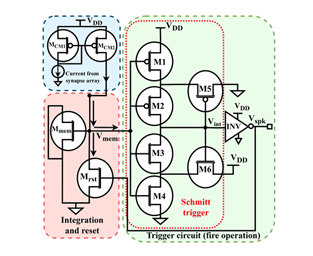
Synaptic Devices and Neuron Circuits for Hardware-Oriented AI Applications
Low-power synaptic devices and neuron circuits for hardware artificial neural networks are developed by the novel logic, memory, and multi-functional cells; also, compact CMOS neuron circuits optimally working with specific synaptic devices are designed for hardware-centric low-power high-precision artificial intelligence (AI) integrated systems.
-
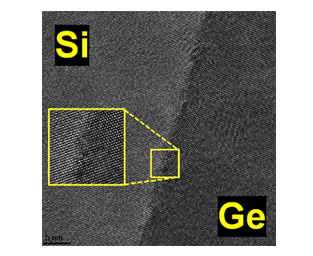
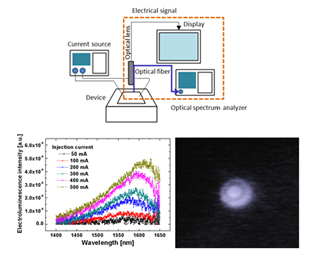

Group-IV Optical and Photonic Devices for Integrated Optical Interconnect
Active and passive optical devices and photonic structures are under research with a strong emphasis on Si and group-IV materials. Photodetector, near-infrared light-emitting diode (LED), whispering gallery mode resonator, and quantum structure modulator are designed and fabricated towards the CMOS-photonics integration.
 Ewha Womans University
Ewha Womans University